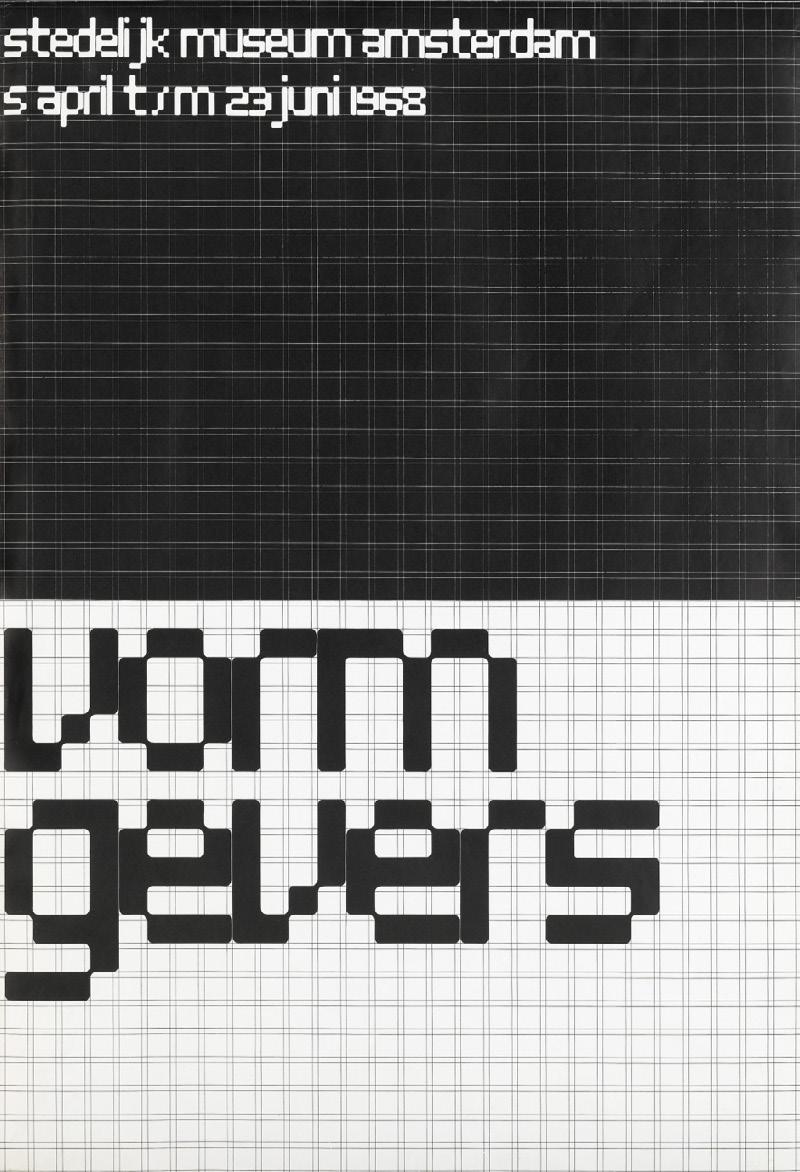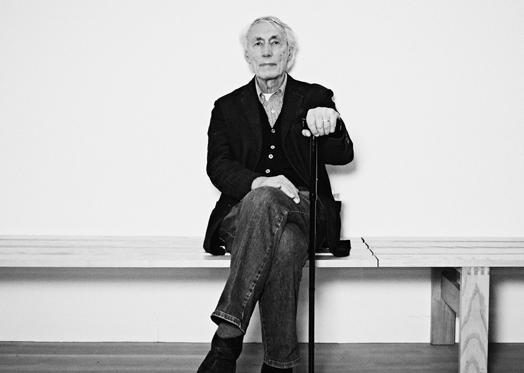

Dutch Design Heroes: WIM CROUWEL
MR. GRIDNIK WIM CROUWEL

Wim Crouwel and the model of a sports car he built with Rudi Wolf. 1966
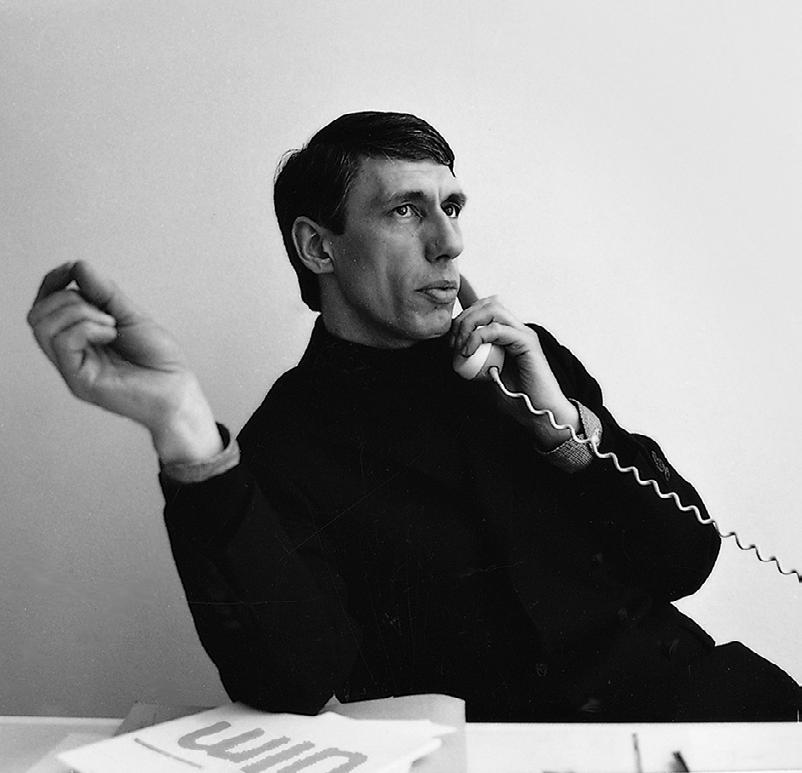

At Total Design. 1965, photo by Jan Versnel
Crouwel teaches graphic design, 1972

Portrait for Avenue Magazine. 1969, photo by Paul Huf
Quotations from Mr. Crouwel
“Akzidenz Grotesk was not available in Holland. When I did my first larger graphic design commissions—and I wanted to use Akzidenz Grotesk—I would buy Swiss newspapers and cut the letters out and glue them in place, and then take photographs to use as artwork.”
“I always used one word to make an image, a kind of image-based typography.”
FOUR MOMENTS OF WIM CROUWEL

1. WHO’S WHO
Willem Hendrik Crouwel is one of the greatest graphic designers worldwide. He studied at the Academie Minerva (Art School) in Groningen. After two years spent collaborating with the prominent Dutch painter and designer Dick Elffers (19101990), he attended the evening classes at the IvKNO—Instituut voor Kunstnijverheidsonderwijs (Institute for Craftsmanship Education) in Amsterdam, today known as the Rietveld Academy.
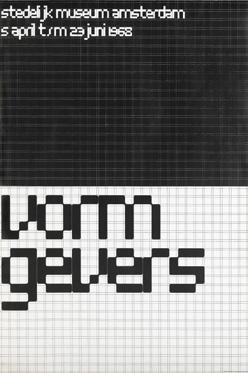
3. TOTAL DESIGN
In 1963 he co-founded Total Design, the first multi-disciplinary design firm in The Netherlands. Other founding members were Friso Kramer and Benno Wissing, soon joined by Ben Bos. It soon became one of the best design offices worldwide, serving prestigious clients such as De Bijenkorf, the Dutch Post Office (PTT), Peter Stuyvesant, Randstand, the Schiphol Airport, and the Dutch Pavilion for the 1970 Osaka World Fair.


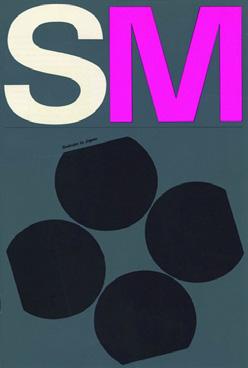
2. AN INFLUENTIAL DESIGNER
By many accounts, Wim Crouwel was among the most influential graphic designer in the Netherlands, a place with a storied tradition in graphic arts and typography. He designed phone books, postage stamps, posters, fonts, furniture, logos, and signage systems for state agencies and cultural institutions. Enamored by the pleasing efficiency of Swiss typography and modern architecture, Crouwel embraced a rational, analytical approach in his work. “I’ve always thought a designer should have a cool and detached approach,” he said in a 2012 interview. “I thought that would be of more use to humanity than a personal, expressionist kind of design”.

4. NEW ALPHABET
In 1967 he released the well-known, experimental typeface called New Alphabet, conceived to work with the limited CRT (Cathode Ray Tube) technology used by early computer monitors. This technology rendered images in large pixels that made curvilinear letterforms difficult to reconstruct, thus Crouwel used only straight lines and diagonals. New Alphabet is, in Crouwel’s words, “never meant to be really used,” but a statement on the impact of new technologies on centuries of typographic tradition. In 2011 it was acquired for the permanent collection of the Museum of Modern Art (MoMA), New York, that include several other projects designed by Crouwel.

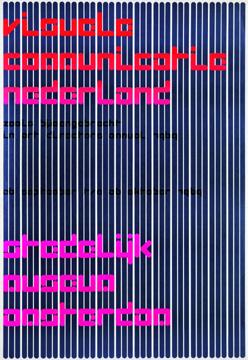
MEMORIES
“When starting a graphic design education I once designed a custom font. It turned out to have similarities with Crouwel’s New Alphabet (of course not as good as his). At this time, I didn’t know much about Dutch graphic designers. So my teacher told me about Wim Crouwel and said: you must know who your heroes are. Crouwel’s work was enormously inspiring to me, an eye-opener that made me curious for more. Thank you mister Crouwel”.
26-12-19 14:34 Barend Visser

Q&A
What has been the most important book to you as a designer?
There are many books that were important for me. But most important for me were the books of Josef Müller Brockmann.
Did you have a design mentor? If yes, what did you learn from him?
I did not have a real direct mentor. But I learned from a number of designers: Max Bill, Josef Müller Brockmann, Karl Gerstner, Emil Ruder, Richard Paul Lohse. The main lessons were on structure.
What was your strongest skill as a designer? Typography and three-dimensional design.

What is the thing that you have enjoyed the most of being a designer? Never a dull moment!
What did you enjoy the most of working in Amsterdam? It is a lively and nice city to live in.
What do you think is the most effective way of presenting a project?
To tell the client what made you find the right solution. Explain your way of thinking.
What is the importance of experience? How it can contribute to better address a project? The knowledge how to understand a project.
